Road networks are essential for connecting people, goods, and services across cities, regions, and countries, shaping the backbone of global infrastructure. The world’s largest road systems span millions of kilometers, covering diverse landscapes from vast deserts and dense forests to bustling urban centers. These extensive networks play a key role in supporting economies, enabling trade, and improving access to remote areas. In this list, we’ll explore the 19 largest road networks around the globe, highlighting their size, significance, and unique characteristics that make them integral to their countries’ connectivity and growth.
United States
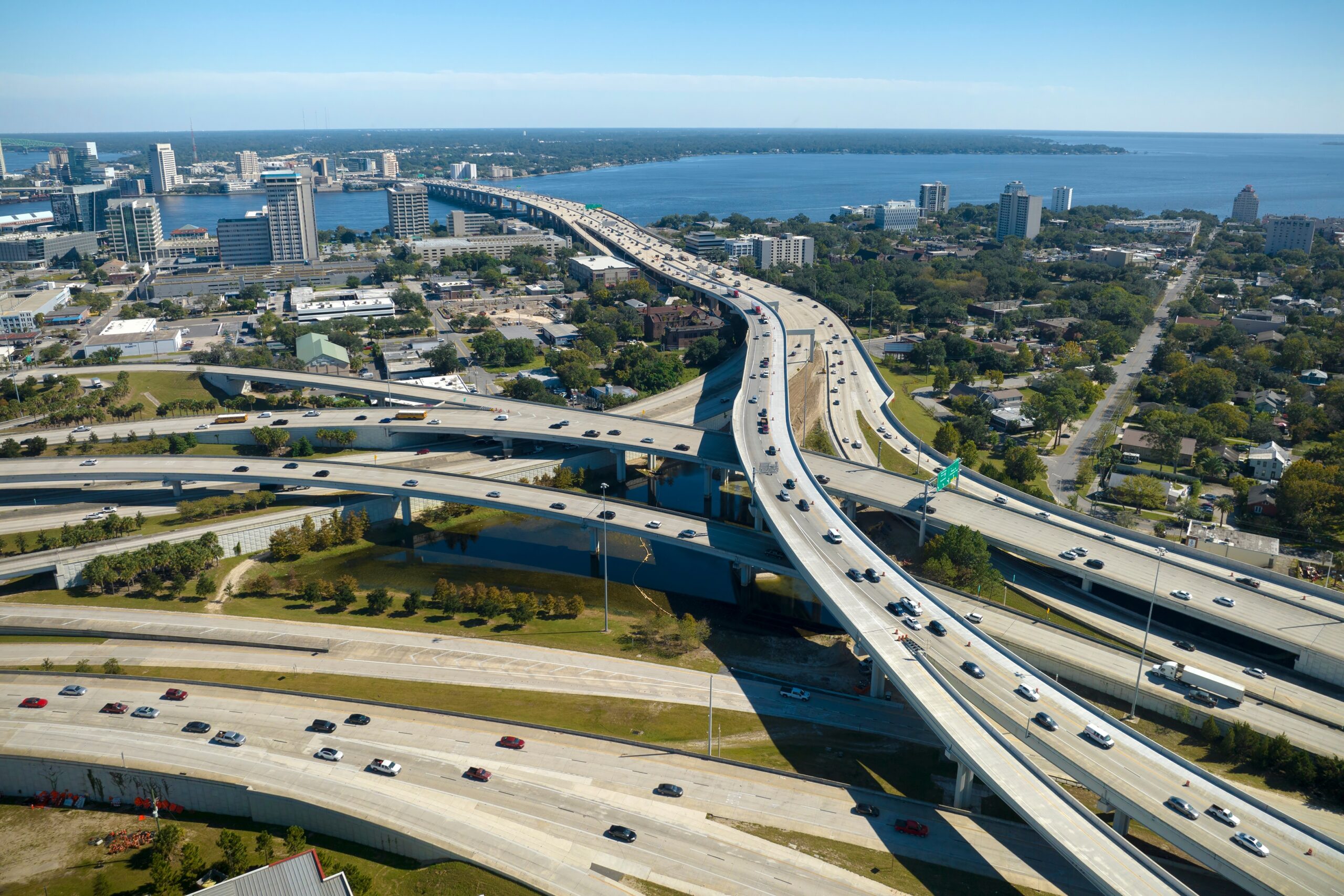
With over 6.6 million kilometers of roadways, the United States has the most extensive road network globally. The network sprawls across diverse landscapes, from rural paths to complex urban grids. Key highways, like Interstate 90, span thousands of miles, connecting major cities coast to coast. Interstate systems, established in the 1950s, have significantly boosted connectivity and commerce nationwide. Each state manages its own subset of the network, contributing to varied road types and conditions. Maintenance and expansion efforts continue to adapt to rising population and transport demands. This robust network reflects the country’s need for efficient domestic and international connectivity.
China
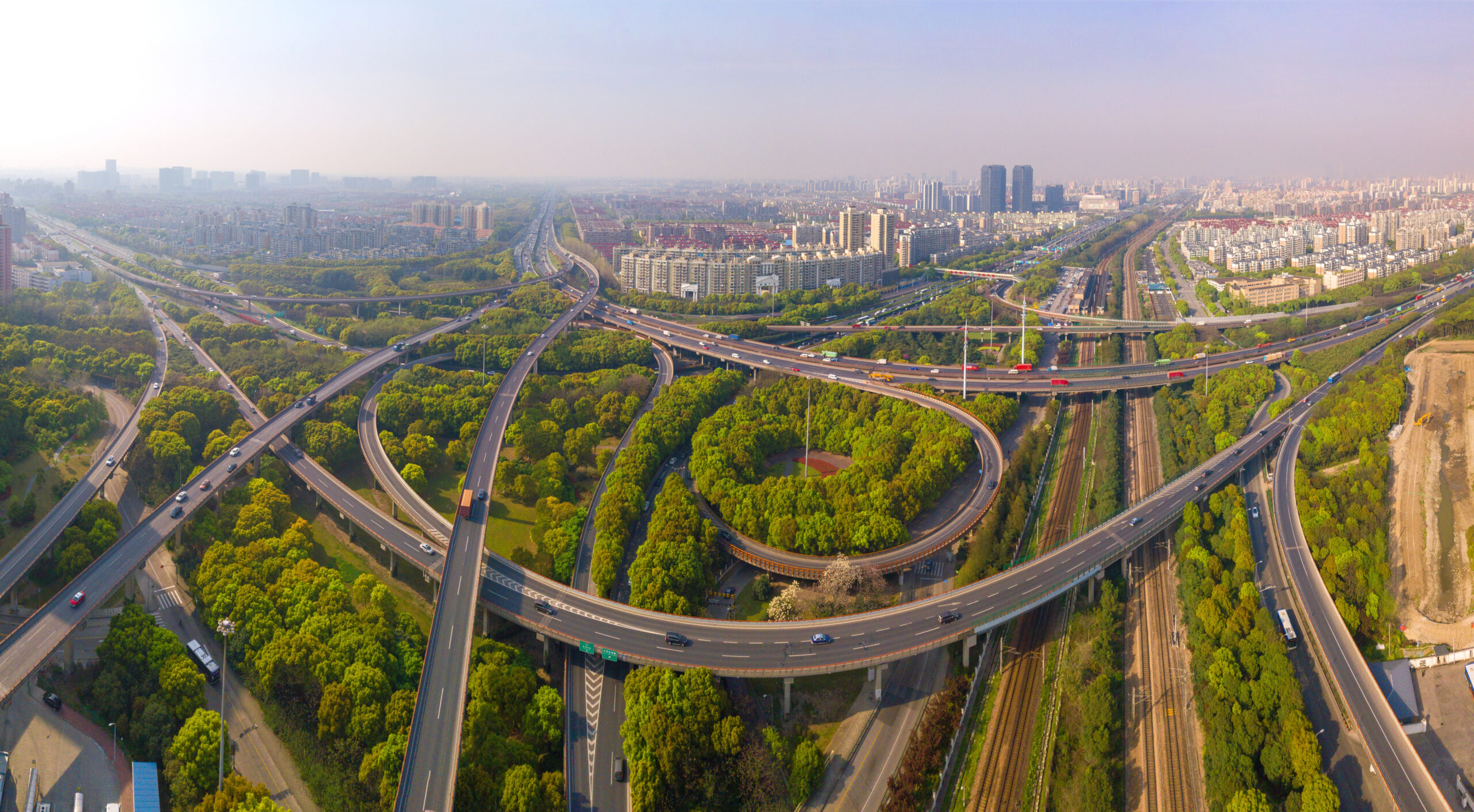
China’s road network covers approximately 5 million kilometers, making it the second-largest in the world. Rapid economic development has fueled extensive road construction in urban and rural areas alike. The National Trunk Highway System, one of China’s infrastructure backbones, connects nearly all major cities across provinces. Highways and expressways were developed to support China’s rapidly growing automobile sector and expansive population. In recent years, the network has extended into the country’s more remote regions, aiming to reduce isolation. China’s road system also supports major transportation corridors that link to neighboring countries. This network exemplifies China’s commitment to economic integration and mobility.
India
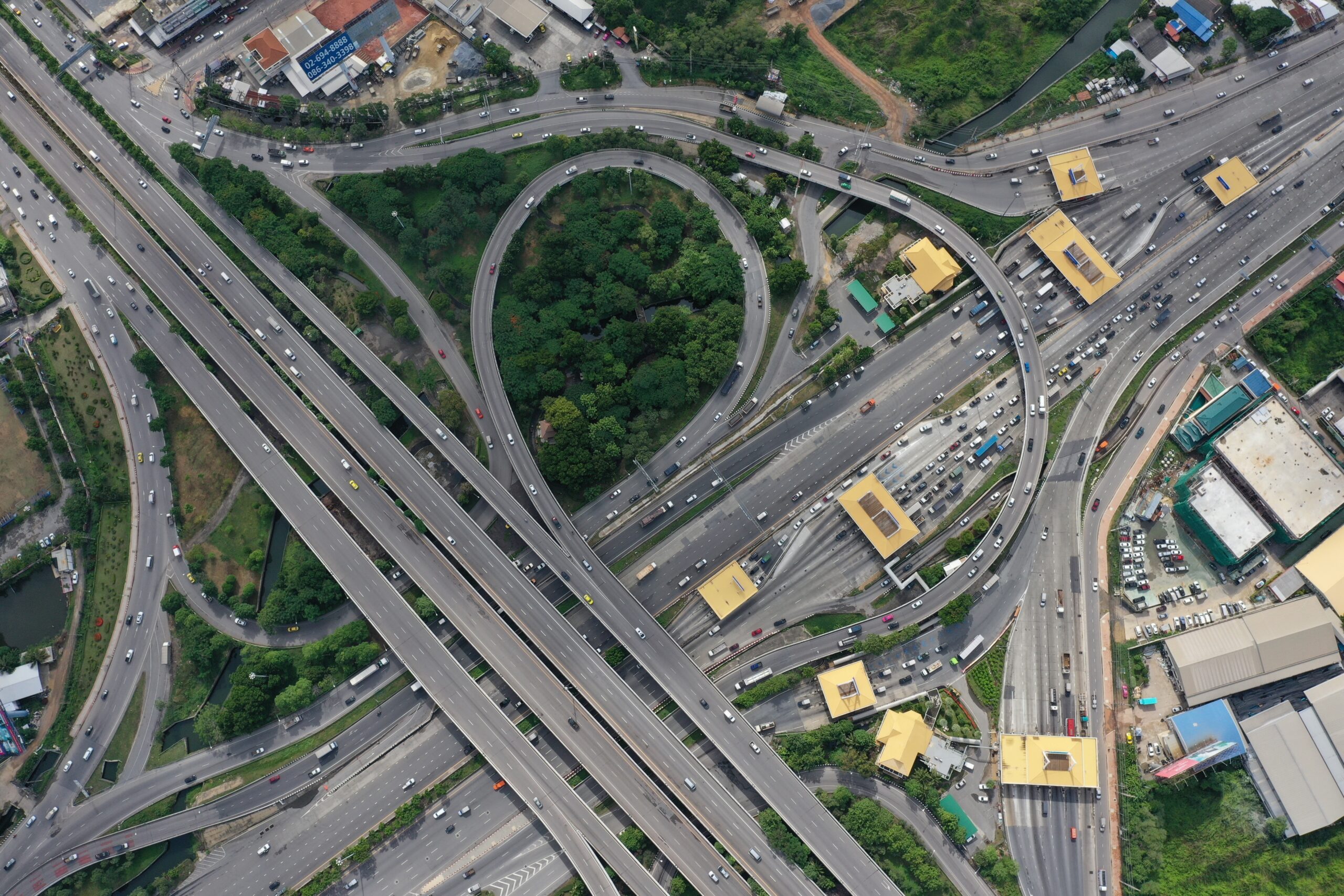
India boasts a vast road network of around 5.8 million kilometers, one of the most intricate systems globally. This network ranges from crowded city streets to isolated rural roads, catering to an extensive and diverse population. Major national highways, such as NH 44, stretch over 3,700 kilometers, connecting north to south. India’s road network is essential for its large-scale commerce and supports millions of daily travelers. Rural connectivity has been a government priority, with new roads linking remote areas to larger towns. However, challenges in infrastructure quality and maintenance remain in certain regions. The network is crucial for the country’s socio-economic fabric and growth.
Brazil

Brazil’s road network spans over 1.7 million kilometers, covering expansive territories and diverse ecosystems. This network is critical for the country’s economy, supporting agriculture, mining, and transportation needs. Despite its extensive size, only a fraction of Brazilian roads are paved, particularly in the Amazon basin. Major highways such as the BR-101 facilitate trade and transport along the coast, linking many cities. Improvements in road quality and reach remain a focus, especially in underserved areas. Nevertheless, this network facilitates inter-regional trade and movement, bridging the vast distances within Brazil. Its growth aligns closely with Brazil’s agricultural and economic interests.
Russia
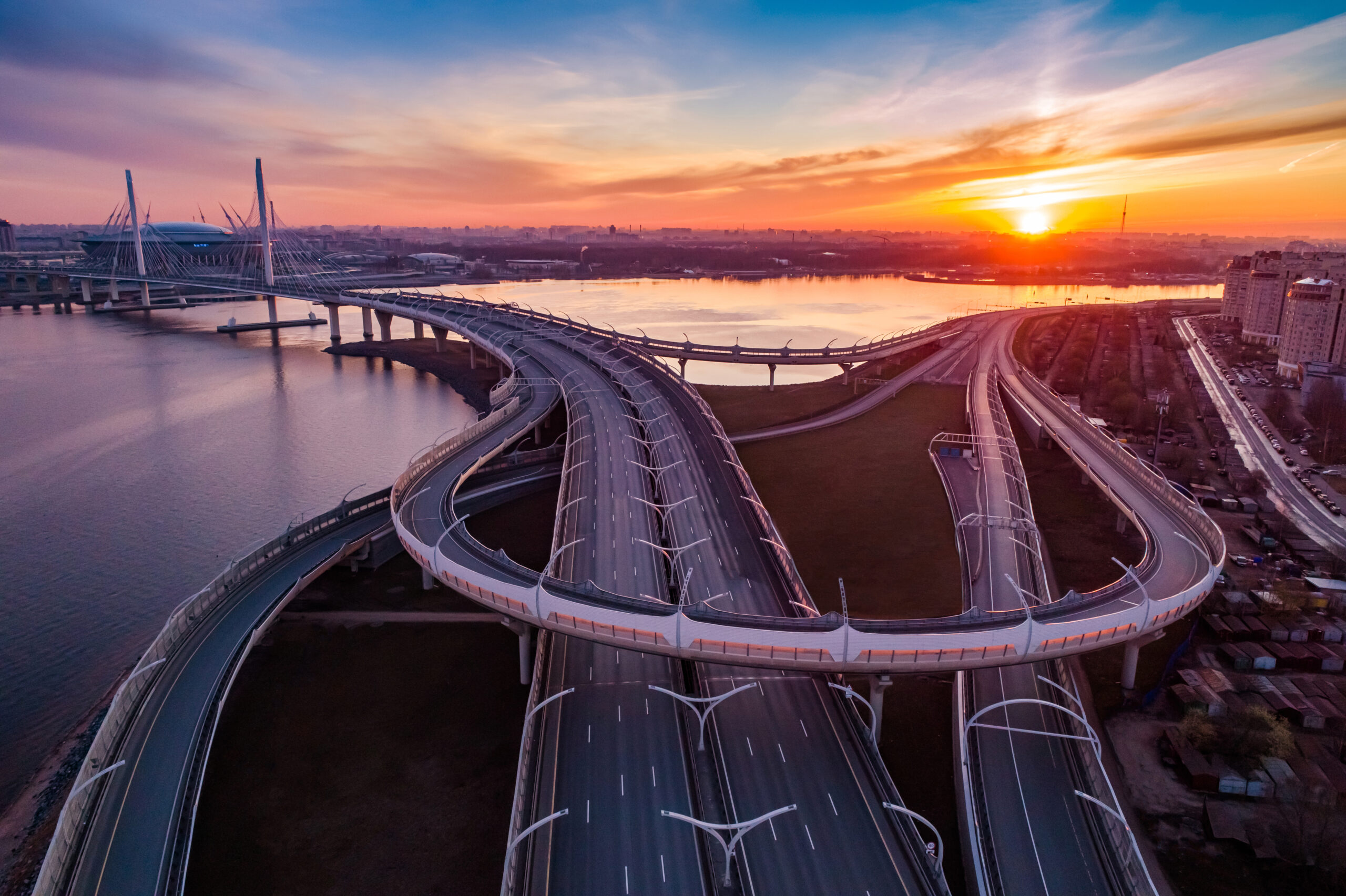
Russia’s road network extends over 1.5 million kilometers, encompassing a vast and varied terrain. These roads navigate through dense forests, icy tundras, and expansive rural areas, reflecting Russia’s geographical diversity. Major roads like the Trans-Siberian Highway connect the east and west across massive distances. Russia’s road infrastructure is vital to the nation’s internal connectivity, given the vast expanse between population centers. Challenges in maintaining roads in extreme weather conditions and remote areas remain significant. Nevertheless, this network enables efficient movement of goods and resources across the country. It serves as an essential component of Russia’s transportation and logistics network.
Canada
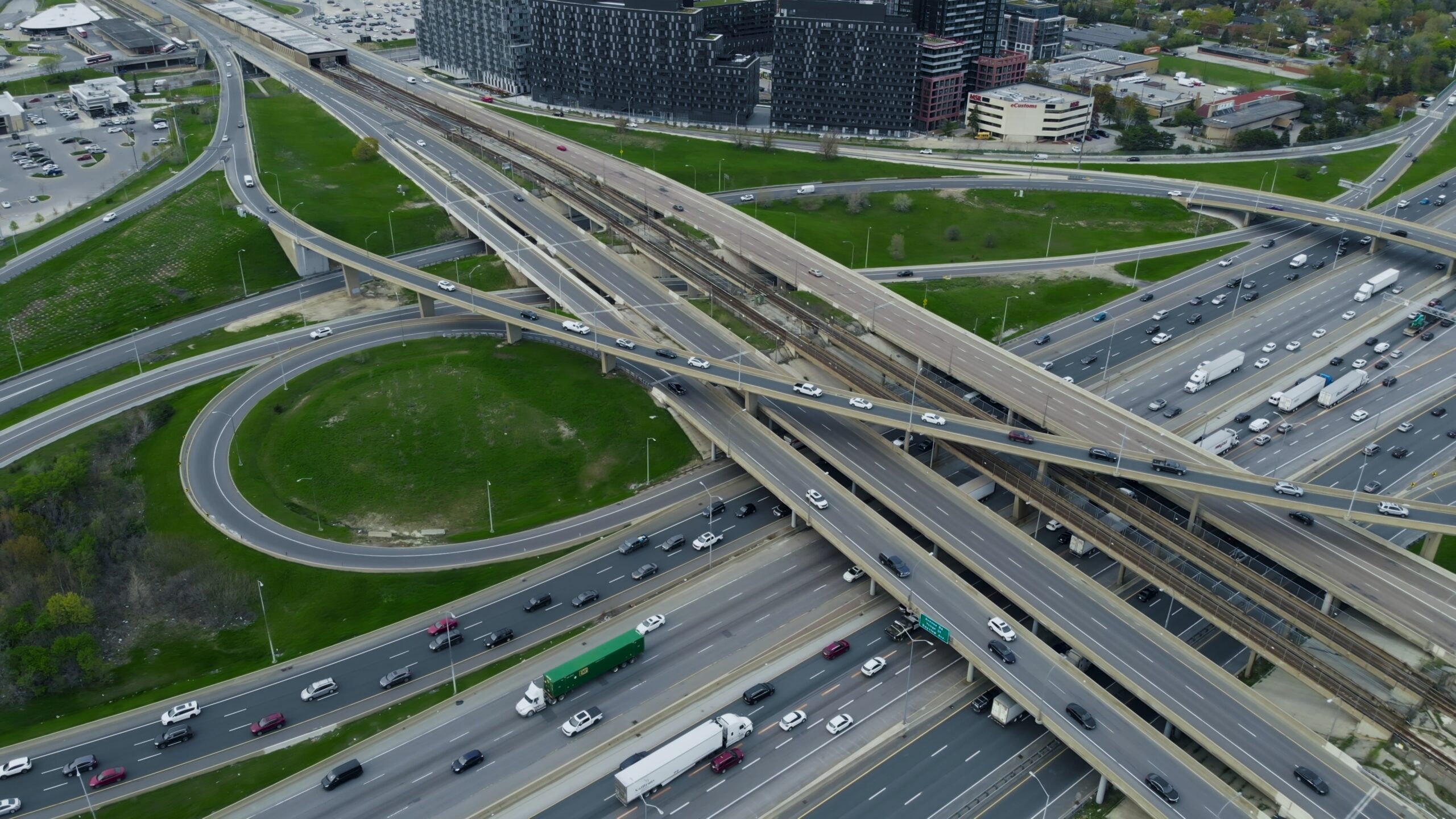
Canada’s road network covers approximately 1.4 million kilometers, spanning from the Atlantic to the Pacific. Roads like the Trans-Canada Highway offer vital links between provinces, bridging vast and sparsely populated regions. Canadian roads must withstand challenging conditions, including harsh winters and mountainous areas. Maintenance and expansion focus on accessibility and environmental considerations in this diverse landscape. Major cities have well-developed networks that ease both intercity and international travel. In rural areas, road access significantly impacts residents’ quality of life and economic opportunities. Canada’s network underscores the country’s need for robust infrastructure across an expansive territory.
Japan
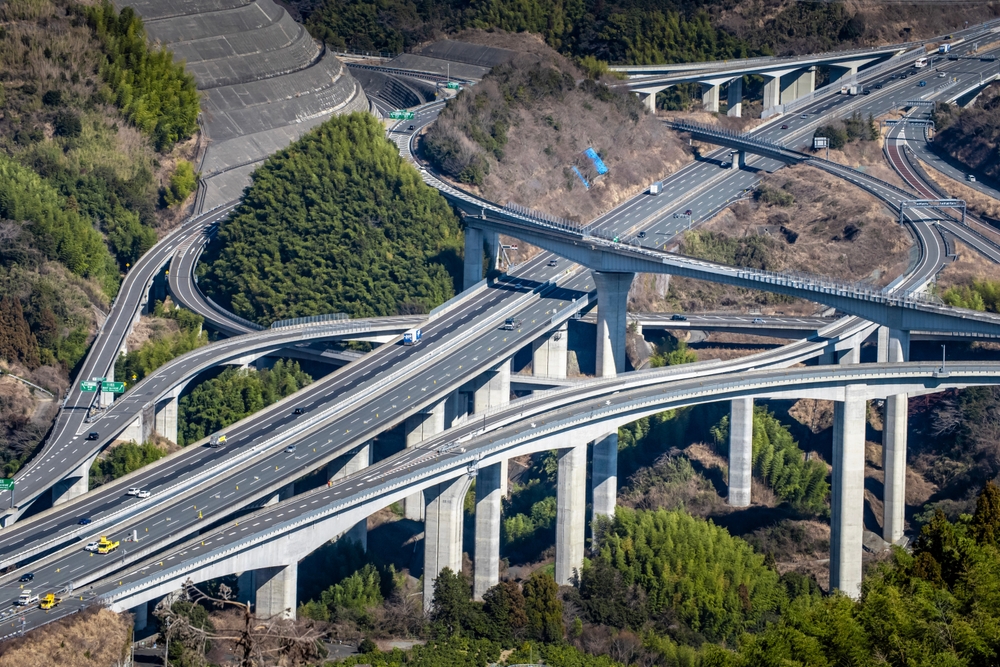
Japan’s road network covers about 1.3 million kilometers, despite its smaller geographic area. Urban areas are densely networked, with intricate roads and expressways serving bustling cities like Tokyo and Osaka. Japan’s expressways connect major regions, facilitating efficient intercity travel and trade. Given its mountainous terrain, constructing and maintaining roads require advanced engineering and innovation. Japan’s road infrastructure plays a crucial role in emergency response, especially due to frequent natural disasters. The focus on road safety and modernization remains a national priority. This network is essential for Japan’s domestic and international economic activities.
France

France’s road network covers around 1.1 million kilometers, with a comprehensive infrastructure connecting urban and rural areas. The Autoroute system is particularly advanced, linking major cities efficiently and supporting high-speed travel. French roads are pivotal for tourism, agriculture, and trade within the European Union. France’s well-maintained network includes both toll and free highways, catering to varied transportation needs. Rural roads provide essential connectivity for the country’s agricultural regions, supporting local economies. Extensive modernization projects aim to improve road safety and reduce environmental impact. This network exemplifies France’s commitment to seamless connectivity within Europe.
Australia

Australia’s road network spans about 913,000 kilometers, crossing diverse landscapes from urban centers to the remote Outback. Major highways like the Great Ocean Road not only support transport but have become iconic tourism routes. With most of the population concentrated along the coast, Australian roads facilitate critical connectivity in isolated areas. The Outback’s roads serve mining and agriculture, essential to the country’s economy. Road maintenance is challenging in remote and arid regions, requiring specialized infrastructure. Nevertheless, this network enables trade and access across Australia’s vast distances. This extensive system is crucial to Australian industry, tourism, and daily life.
Germany
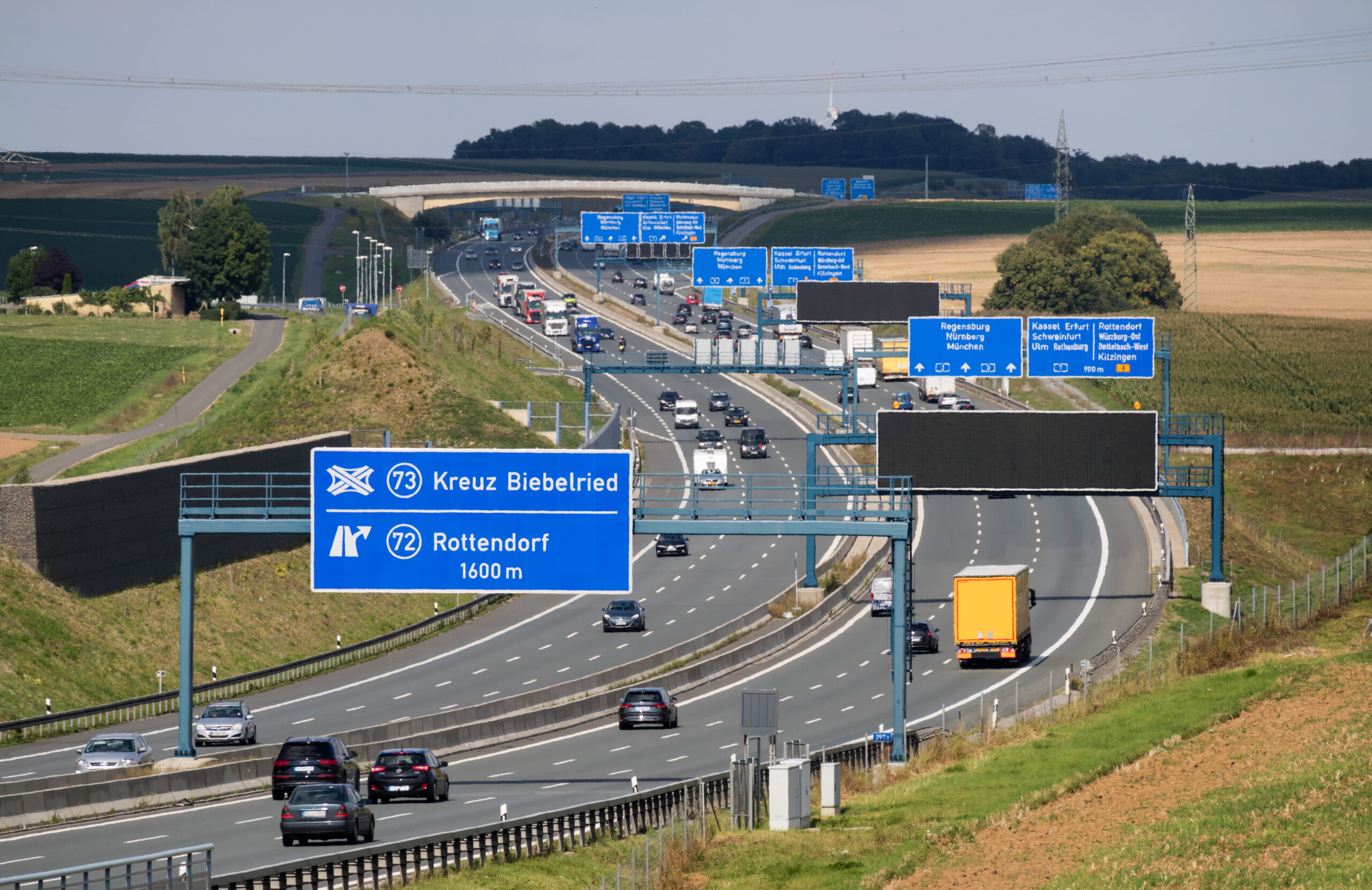
Germany has a road network of approximately 831,000 kilometers, noted for its engineering and quality. The Autobahn system, famously with sections having no speed limit, is an iconic part of Germany’s road infrastructure. German roads prioritize efficiency, linking cities and towns with highly developed highways. As a leader in automotive innovation, Germany has made significant investments in infrastructure quality and modernization. Rural roads and secondary highways support smaller towns and villages, enhancing regional connectivity. The network supports Germany’s status as a manufacturing and export powerhouse within Europe. Emphasis on sustainability is increasingly shaping Germany’s road infrastructure development.
Argentina
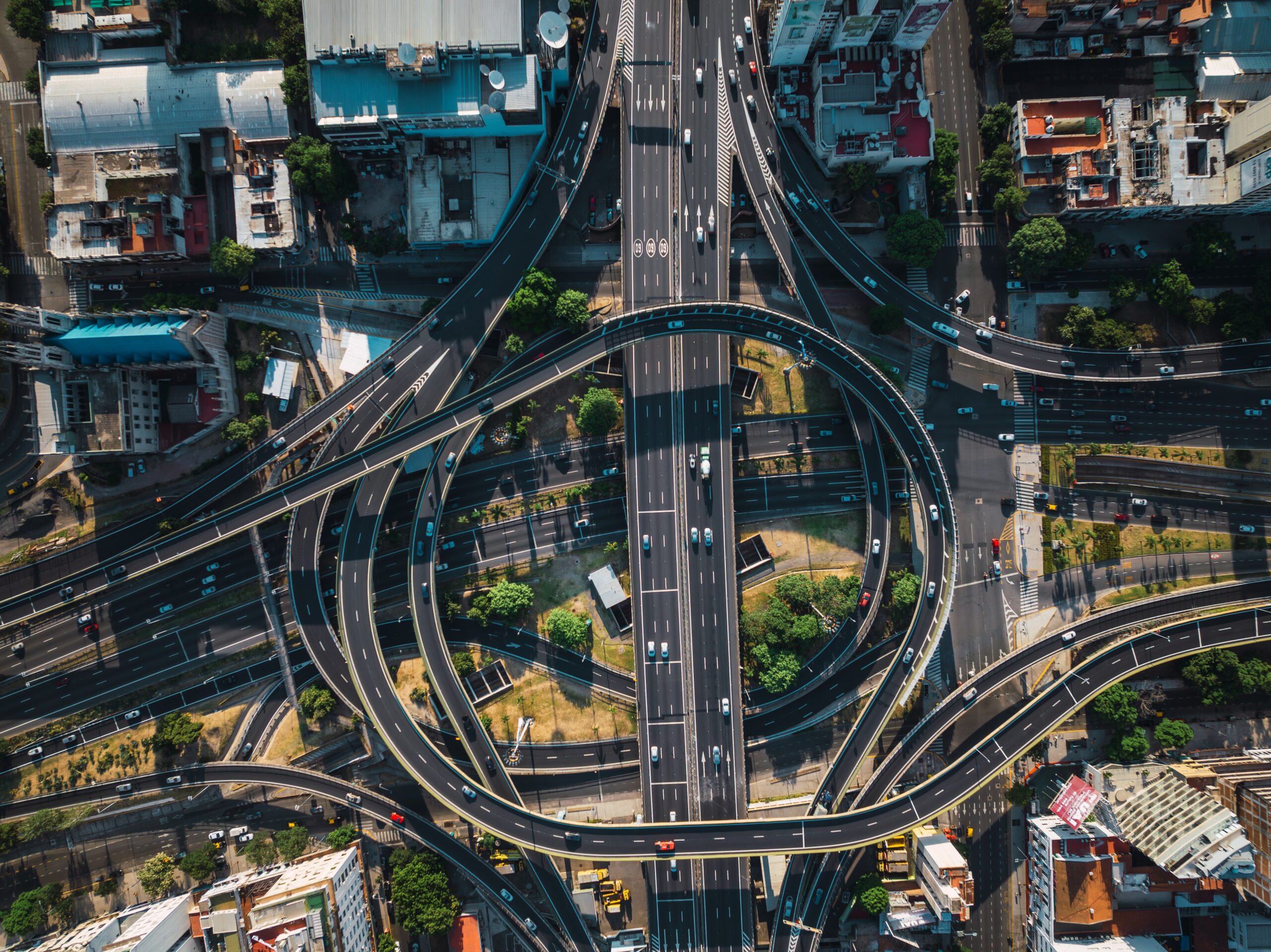
Argentina’s road network stretches over 640,000 kilometers, supporting a range of uses from urban transport to rural agriculture. Roads such as Ruta Nacional 40 cover thousands of kilometers, traversing varied landscapes from the north to the south. The network is critical for Argentina’s agricultural export economy, linking producers with ports. However, road quality can vary widely, especially in rural and mountainous regions. Recent efforts aim to improve road conditions to support tourism and safety. Argentina’s expansive road system underpins its connectivity across vast and isolated areas. This infrastructure plays a central role in linking the country’s diverse economic zones.
United Kingdom
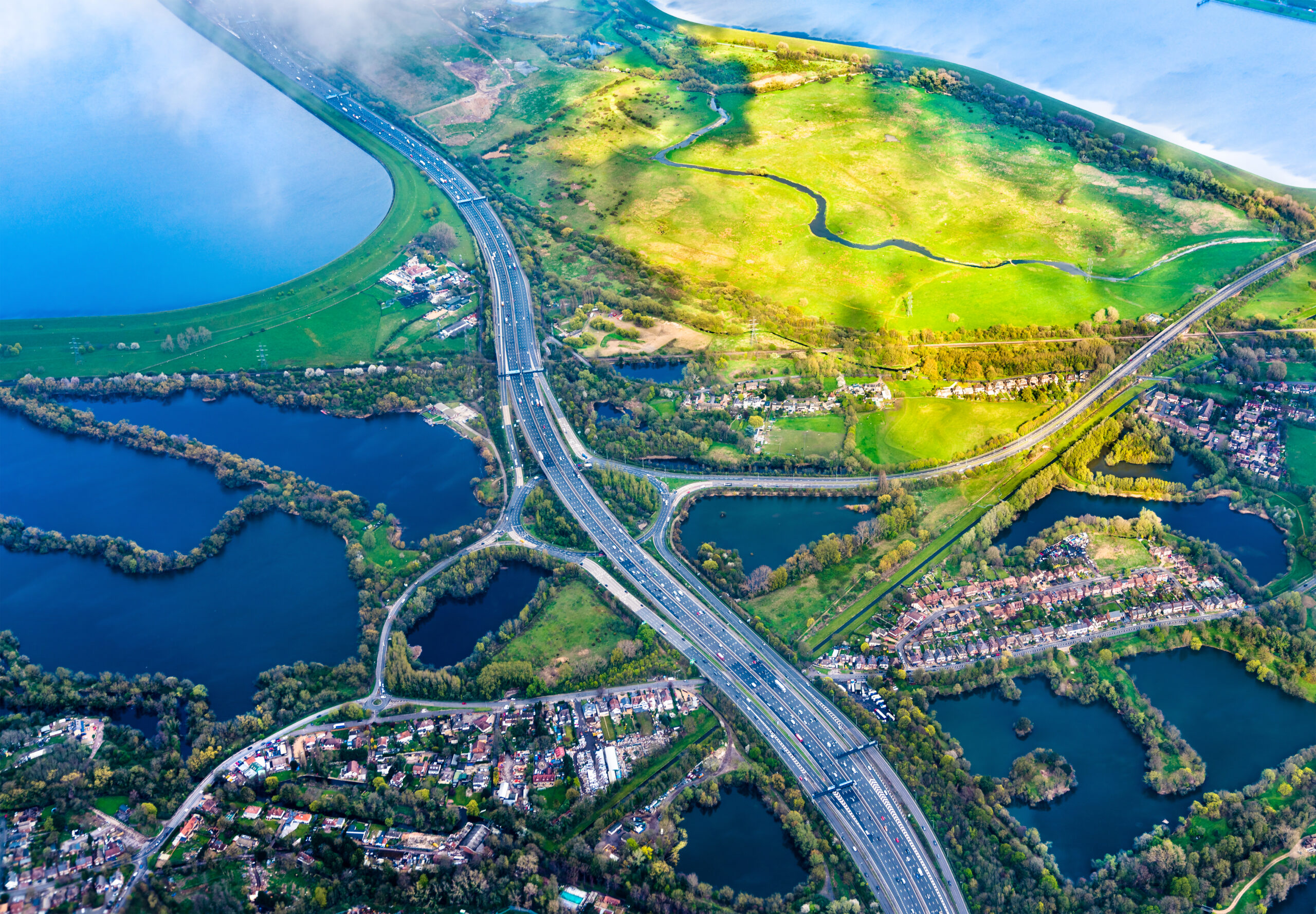
The United Kingdom’s road network encompasses about 394,000 kilometers, concentrated in densely populated regions. The motorway system connects cities efficiently, with roads like the M25 surrounding London to ease traffic. The road network supports not only domestic travel but also extensive international trade routes, particularly with Europe. Urban areas face congestion challenges, prompting initiatives to expand road capacity and encourage public transport use. The UK’s road infrastructure is well-maintained, with ongoing investments in safety and modernization. Rural roads provide vital connectivity to smaller communities and regions. This network reflects the UK’s role as a transportation and trade hub.
Italy

Italy’s road network spans around 487,000 kilometers, connecting urban centers, coastal areas, and rural landscapes. The Autostrade network includes some of the longest and busiest highways in Europe, supporting tourism and commerce. Italian roads are crucial for accessing historical and cultural sites, making them important for the tourism sector. Maintenance and modernization efforts address congestion and environmental impacts, especially in tourist-heavy regions. Roads range from high-capacity highways to narrow rural roads in mountainous areas. Italy’s road infrastructure also supports the movement of goods across Europe. This network is essential for economic, cultural, and tourism activities.
Mexico
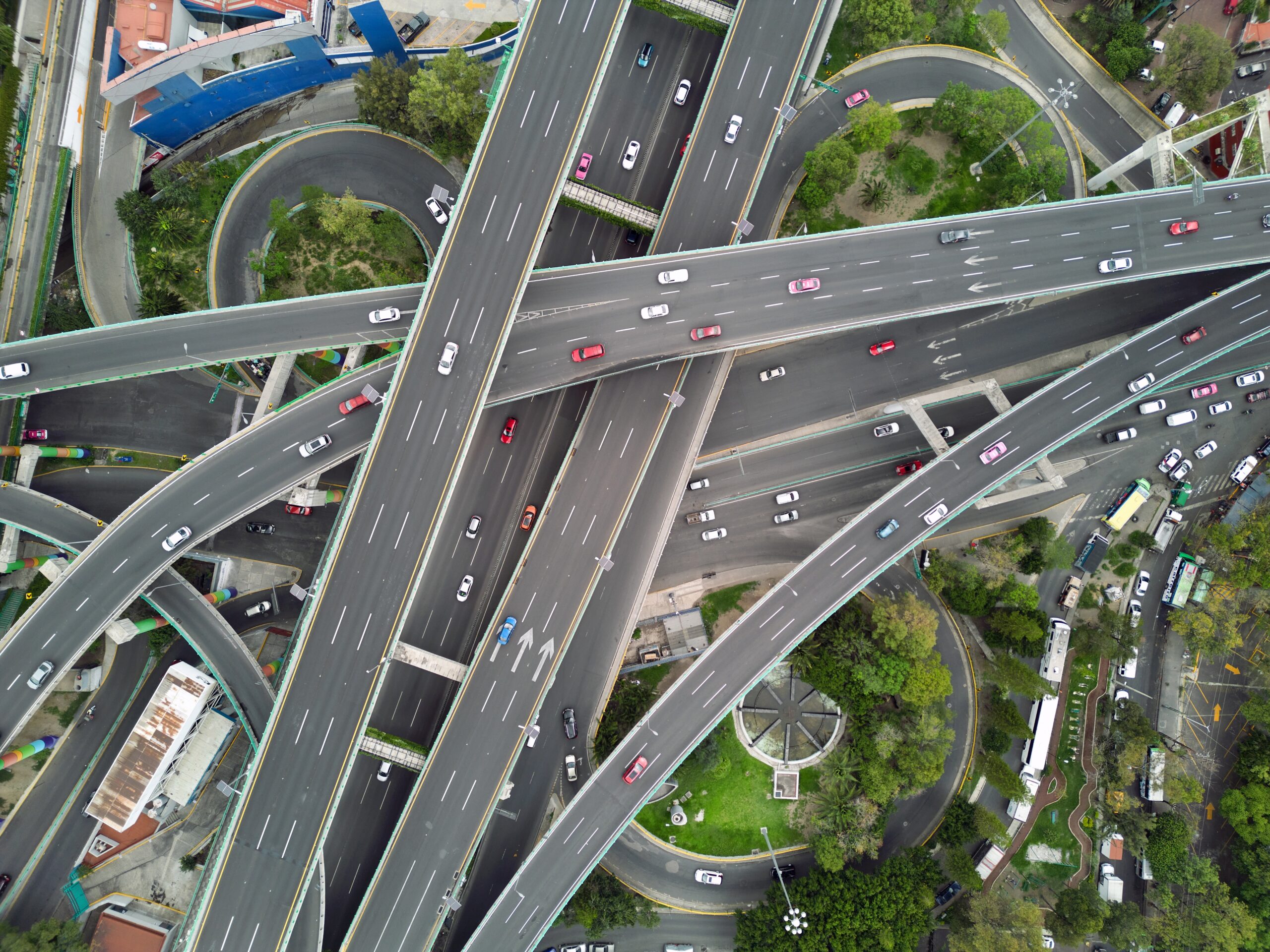
Mexico has a road network covering over 377,000 kilometers, essential for connecting urban and rural areas. Roads like the Mexico City-Toluca highway serve millions daily, easing regional trade and transportation. The network supports Mexico’s manufacturing and agricultural sectors, linking production areas with ports. Infrastructure quality varies, with certain areas needing maintenance or upgrades. Urban highways face congestion challenges, while rural roads support access to isolated communities. Recent investments focus on improving the network’s reach and safety. Mexico’s road system is critical for domestic and international trade, particularly with the United States.
Spain
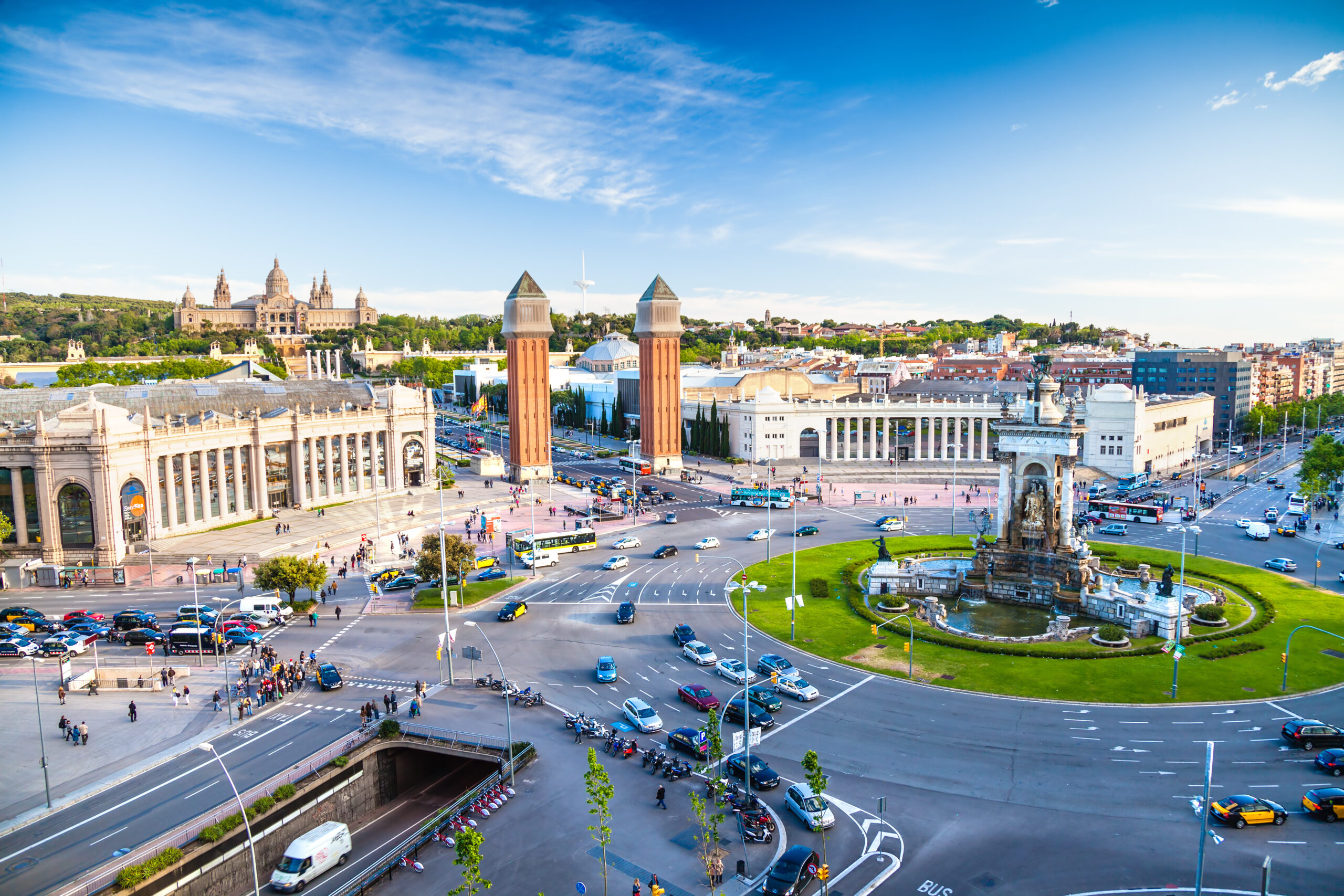
Spain’s road network spans around 683,000 kilometers, a system known for its efficiency and quality. Major highways connect urban centers with scenic coastal and rural areas, supporting tourism and trade. The network includes well-maintained toll highways and public roads, providing options for all travelers. Spain’s road infrastructure is vital for the agricultural and manufacturing sectors, linking production areas with ports and airports. Ongoing investments aim to enhance safety, reduce congestion, and promote green infrastructure. Rural roads are crucial for Spain’s agricultural industry, ensuring product movement across regions. This extensive network reflects Spain’s commitment to efficient and sustainable connectivity.
Turkey
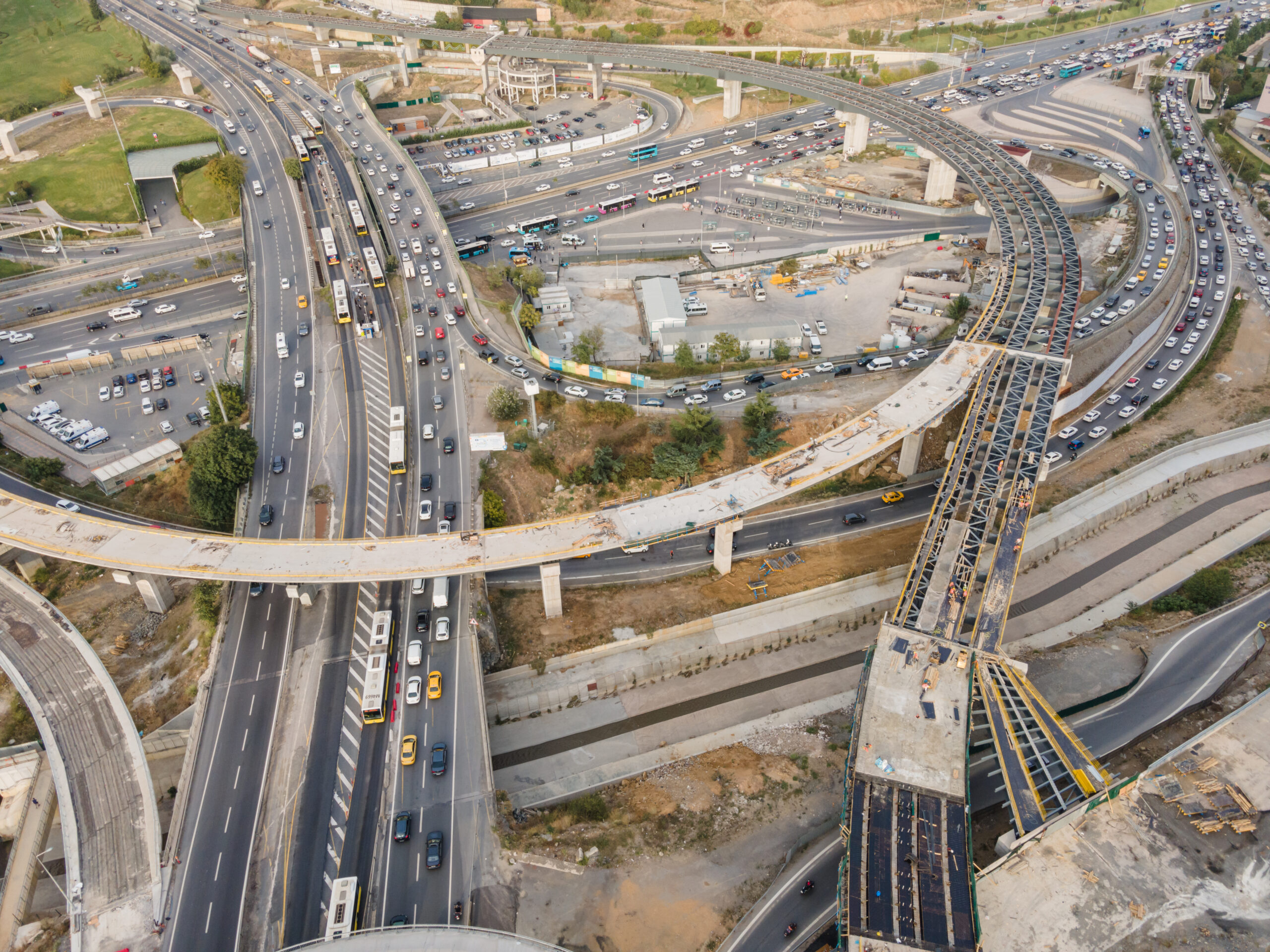
Turkey’s road network covers about 420,000 kilometers, serving as a critical link between Europe and Asia. Major highways like the D-100 connect key cities such as Istanbul and Ankara, supporting domestic and international trade. The network’s strategic location aids Turkey’s economy, facilitating commerce between Europe, the Middle East, and beyond. Both highways and rural roads are crucial for regional connectivity, linking urban centers with remote towns. Infrastructure investments focus on expanding capacity, reducing travel time, and improving road quality. Turkey’s road system includes modern expressways and well-maintained highways in most urban areas. This extensive network supports Turkey’s role as a vital global transit and logistics hub.
Indonesia
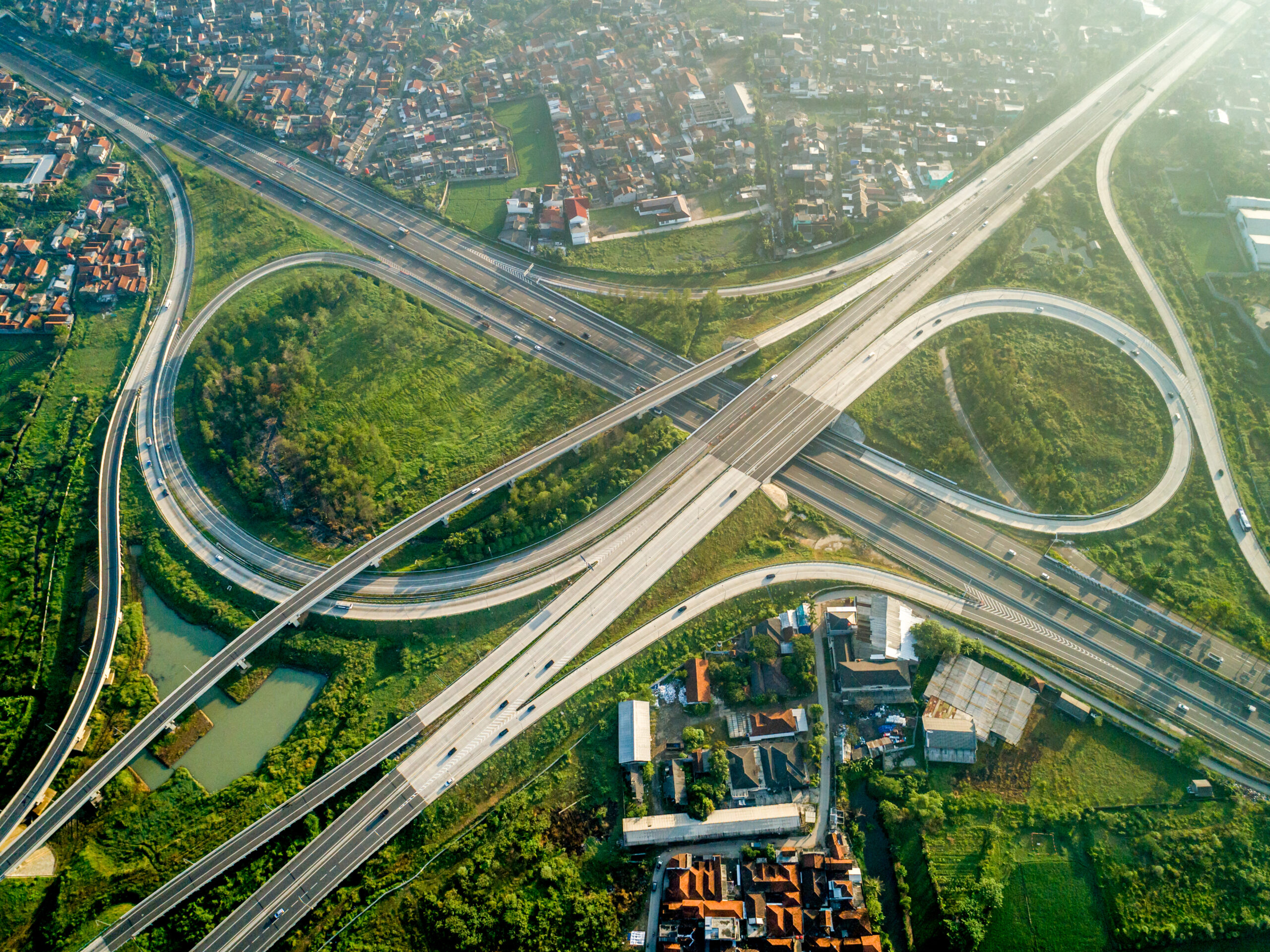
Indonesia’s road network spans roughly 540,000 kilometers, connecting an archipelago of over 17,000 islands. Java and Sumatra have the most developed road systems, including major expressways and national highways. Roads are essential for connecting rural areas with urban centers, promoting economic growth across Indonesia. The government has invested in toll roads and expressways to alleviate congestion in busy metropolitan areas like Jakarta. However, road quality and accessibility vary significantly between islands, with remote regions often depending on less-developed infrastructure. Improving and expanding road access is a priority, especially in areas prone to natural disasters. This network is indispensable for uniting Indonesia’s vast and diverse territories.
Saudi Arabia
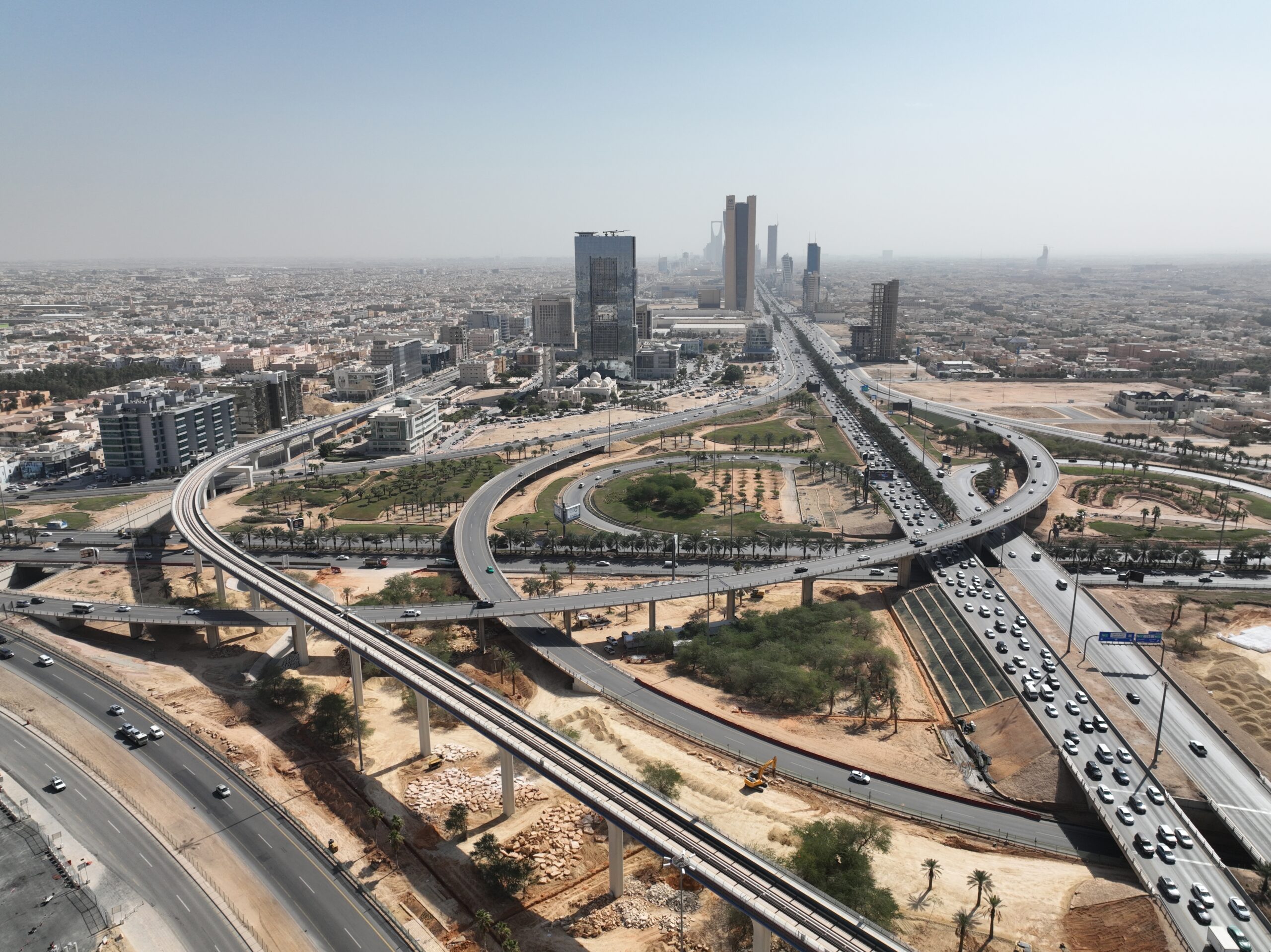
Saudi Arabia’s road network encompasses approximately 221,000 kilometers, connecting urban centers and remote desert regions. Major highways like the Riyadh-Dammam route are essential for both commercial and personal travel within the kingdom. The network facilitates movement across vast stretches of desert and plays a crucial role in supporting the oil industry’s transportation needs. Given the harsh climate, road maintenance is a continuous priority, especially with the potential for extreme heat and sandstorms. Expansion plans include modern highways to serve the burgeoning tourism sector. The network also supports religious tourism, with roads connecting Mecca, Medina, and other holy sites. Saudi Arabia’s road infrastructure symbolizes the country’s modernization and economic development efforts.
Pakistan
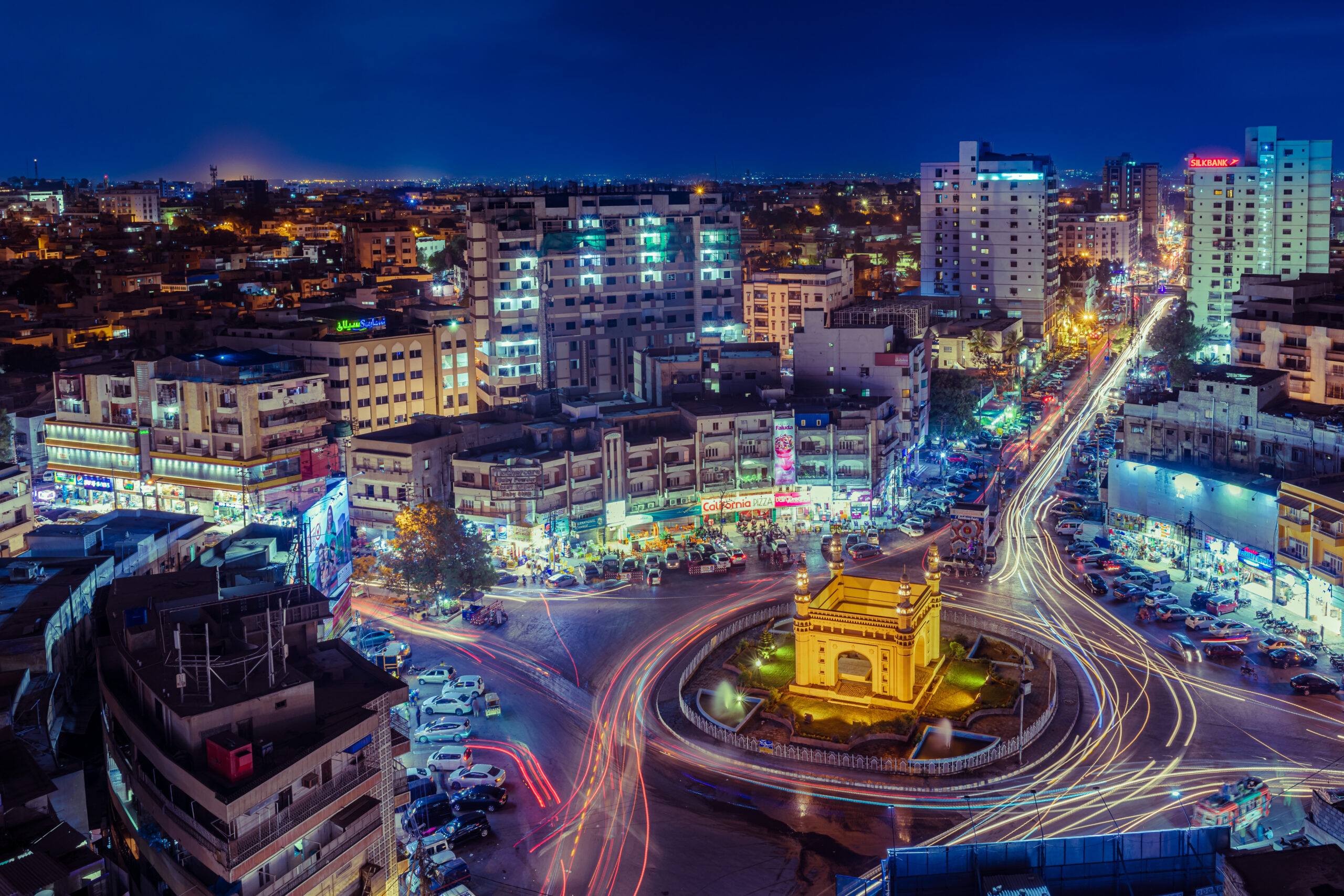
Pakistan’s road network spans around 280,000 kilometers, crucial for connecting cities and towns across diverse terrains. The network includes important highways like the M-2 Motorway, linking Lahore and Islamabad, and is central to the country’s trade and commerce. Pakistan’s highways connect with neighboring countries, aiding regional trade and fostering economic cooperation. In rural areas, road access can significantly impact residents’ quality of life, linking them to essential services and markets. Road improvements are ongoing, focusing on expanding capacity and reducing travel times. The network’s strategic importance aligns with Pakistan’s economic goals, especially with the China-Pakistan Economic Corridor initiative. This system supports domestic and international trade across Asia and beyond.
This article originally appeared on Rarest.org.
More From Rarest.Org
12 Unique Marine Creatures That Migrate Across Vast Ocean Distances

The world’s oceans are home to countless fascinating creatures, many of which embark on extraordinary migrations across vast distances. These migrations are essential for their survival, whether it’s to find food, reproduce, or reach safer environments. Read more.
10 Largest Banks in the World

The largest banks in the world play a crucial role in the global economy, managing trillions of dollars in assets and offering a wide range of financial services. These banks, ranked by their total assets, represent financial powerhouses from different regions, driving economic growth and innovation. Read more.
10 Oldest Martial Arts in The World

Martial arts have been practiced for thousands of years across different cultures, evolving from ancient battlefields to modern-day sports and self-defense techniques. These arts reflect not only the physical discipline of their practitioners but also the rich cultural heritage of the regions they come from. Read more.
